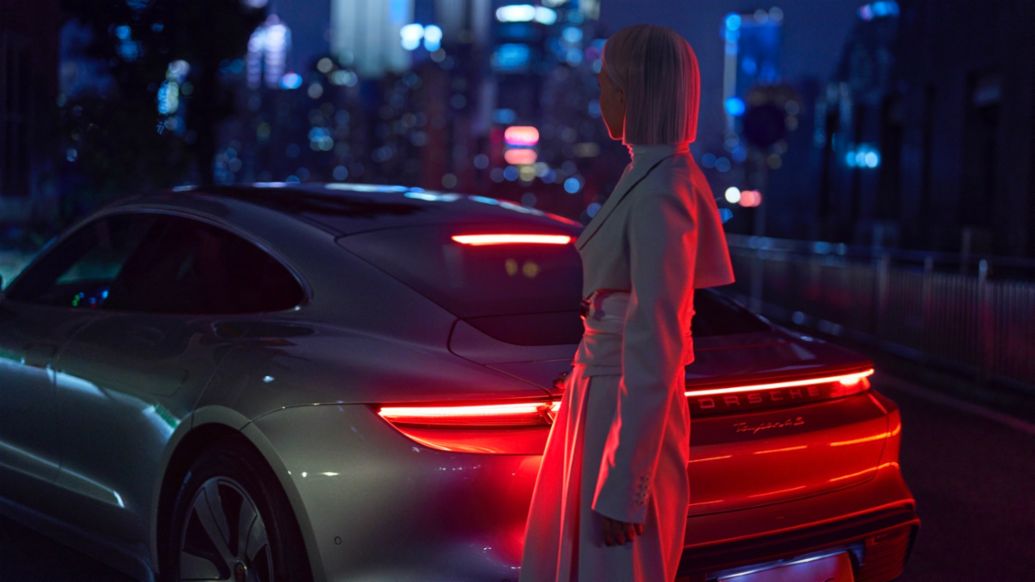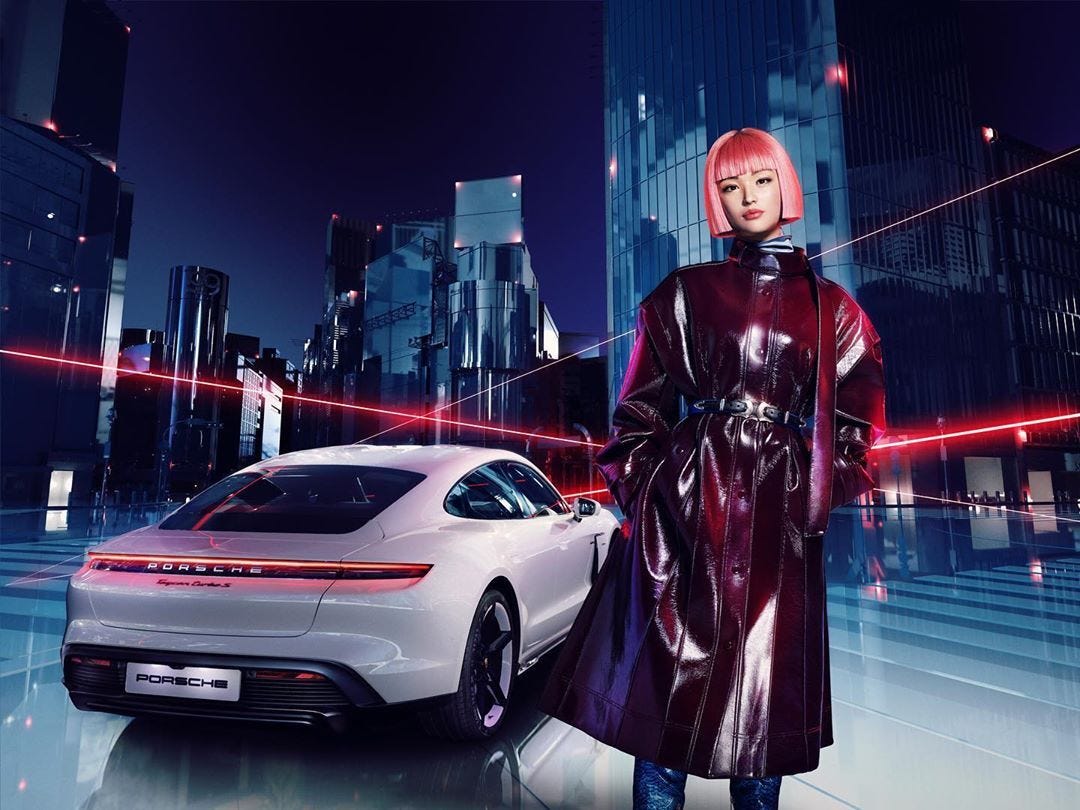In the vibrant digital market of China, a new trend is rapidly gaining momentum: AI-powered influencers. These virtual personas are making waves, especially during major shopping events like Singles’ Day. For instance, the virtual influencer Ayayi has amassed over 817,000 fans on Weibo and 127,000 on Xiaohongshu.
But it’s not just the consumers that are getting into this; as of 2023, a staggering 317,000 companies have invested in China’s virtual influencer sector. And who can blame them? The rise of these AI celebrities is offering brands a unique blend of economic efficiency and continuous availability.
The Surge of AI Livestreaming
Singles’ Day 2023 marked a significant turning point in the world of livestreaming, with AI influencers taking center stage. Brands like Jo Malone turned to virtual influencers such as Liu Yexi to engage with consumers, tapping into the growing popularity of these digital personas.
While specific sales figures for Jo Malone’s Singles’ Day campaign with Liu Yexi are not available, the brand’s success during the event is clearly evident. Jo Malone London was among the top three in the perfume category during Singles’ Day 2023, indicating a strong performance
The use of virtual influencers like Liu Yexi for AI-powered marketing offers brands more control over their campaigns, reducing potential fallout from controversies and scandals. This is particularly beneficial during high-stakes events like Singles’ Day, where brands are under immense pressure to maximize sales and engagement.
Economic Impact and Efficiency
AI influencers offer cost-efficiency that is hard to match. They play a crucial role in maximizing user growth and boosting average Gross Merchandise Volume (GMV).
Companies like JD.com have successfully leveraged their virtual influencer platforms to drive sales. These AI personas can analyze user preferences, behaviors, and demographics and use this information to personalize content and recommendations. This enables brands to deliver more targeted messages to specific audiences, thereby increasing their return on investment (ROI).
AI influencers can also work 24/7 without the need for breaks, vacations, or sleep, providing constant engagement and content delivery, which is impossible for human influencers
To top this all off, the cost of creating a basic AI clone for live streaming can be as low as 8,000 yuan. These prices can be higher of course, for AI with more complex programming. But for businesses that are just looking to experiment with AI live streaming without a substantial initial investment, this low entry cost is a particularly enticing and beneficial proposition.
Challenges in the Luxury Sector
Despite the number of potential benefits, luxury brands face unique challenges in integrating AI influencers.
For starters, the luxury market thrives on personal touch and storytelling, elements that are challenging to replicate with AI. Brands must strike a balance between leveraging AI and maintaining the human elements that luxury consumers value.
Another key challenge is AI being an “emotion killer”. Emotions play an essential role in luxury buying, with brands crafting powerful sensorial experiences that stir emotions.
However, AI’s ability to replicate these emotional experiences is limited. For instance, a group of artists could work for several days on an exclusive artwork as a live performance in a flagship store, creating a unique experience that AI cannot replicate
Regulatory and Ethical Considerations
Both benefits and challenges aside, the use of AI in media also raises important legal and ethical considerations.
Brands must navigate potential regulatory changes and public disclosure requirements for AI-generated content. The Chinese government has published draft guidelines for firms using generative AI, highlighting the need for careful navigation in this new landscape.
The rise of AI influencers also poses a dilemma for human livestreamers. A recent survey of 10,000 young people on Weibo found that more than 60% would be interested in working as influencers or livestreamers. But these up-and-coming influencers are the ones most likely to be displaced by AI bots.
We’ve already seen the ramifications of this displacement in the form of job losses and a decrease in the average salary for livestream hosts, which went down 20% compared to 2022, according to the analytics firm iiMedia Research.
Conclusion
The shift towards AI influencers in China is undeniable. As we look to the future, the challenge will be to balance authenticity, transparency, and technological innovation in the influencer market. The rise of AI influencers is not just about technological prowess but also about the values they embody and the connections they forge with audiences across China and beyond.







